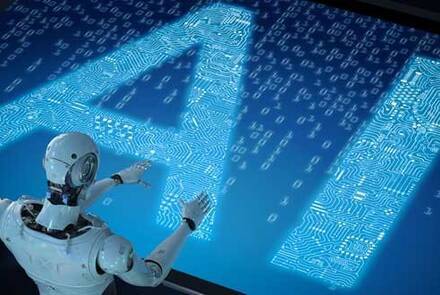The Evolution of Digital Learning
The world of education has undergone a remarkable transformation over the years, propelled by the rapid advancements in technology. The evolution of digital learning has not only changed the way we acquire knowledge but has also democratized education, making it accessible to learners worldwide. Let's embark on a journey through time to explore the fascinating evolution of digital learning, from its humble beginnings to the immersive virtual classrooms of today.
The Birth of E-Learning (1990s).
The digital learning revolution began with the advent of e-learning in the 1990s. The internet paved the way for online courses and educational resources, breaking down geographical barriers. Early e-learning materials were often basic, consisting of text-based content and simple graphics. However, this marked the first step towards a more accessible and flexible form of education.
Multimedia Integration (2000s).
As technology continued to advance, the 2000s saw the integration of multimedia elements into digital learning. Videos, animations, and interactive simulations enhanced the learning experience, catering to different learning styles. Learning Management Systems (LMS) also gained popularity, providing a centralized platform for course delivery, assessment, and student management.
Rise of Massive Open Online Courses (MOOCs).
The 2010s witnessed the rise of Massive Open Online Courses, or MOOCs, revolutionizing the accessibility of higher education. Platforms like Coursera, edX, and Khan Academy offered courses from top universities and educators globally. MOOCs not only democratized education but also allowed learners to progress at their own pace, promoting a self-directed learning approach.
Interactive Learning and Gamification.
With the recognition of the importance of engagement in learning, the 2010s also saw the integration of gamification and interactive elements (See also: How Gamification Increases Engagement and Motivation in Digital Learning). Educational games and simulations made learning more enjoyable and effective, catering to younger audiences and promoting active participation.
Immersive Technologies (2020s and Beyond).
As we step into the 2020s, digital learning has reached new heights with the advent of immersive technologies. Virtual Reality (VR) and Augmented Reality (AR) have transformed traditional classrooms into virtual landscapes, providing learners with immersive and interactive experiences. Virtual classrooms allow students to collaborate, engage in real-time discussions, and even conduct virtual experiments.
Powered by Artificial Intelligence (AI), Another Emerging Trend in Digital Learning is Personalized Learning.
The future of digital learning holds the promise of personalized education, thanks to Artificial Intelligence (AI). AI algorithms analyze individual learning patterns and adapt content to meet the unique needs of each learner. This shift towards personalized learning ensures that education is tailored to the strengths and weaknesses of each student.
The journey of digital learning has been a remarkable one, from the early days of basic e-learning to the immersive virtual classrooms of today. As technology continues to advance, the future of education looks promising, with a focus on personalization, interactivity, and global accessibility. The evolution of digital learning reflects a commitment to breaking down barriers and providing quality education for learners of all ages and backgrounds.
For more information about Trigyn’s Digital Learning Solutions, Contact Us.






